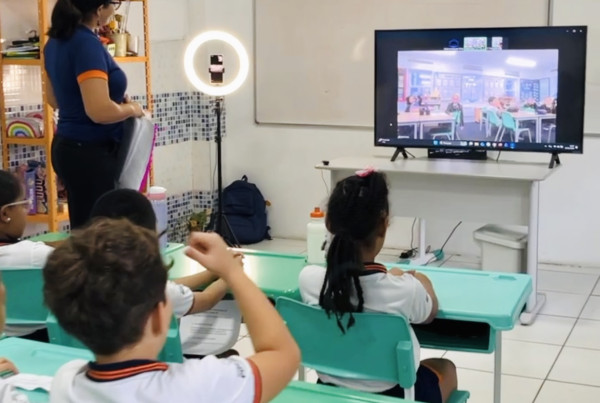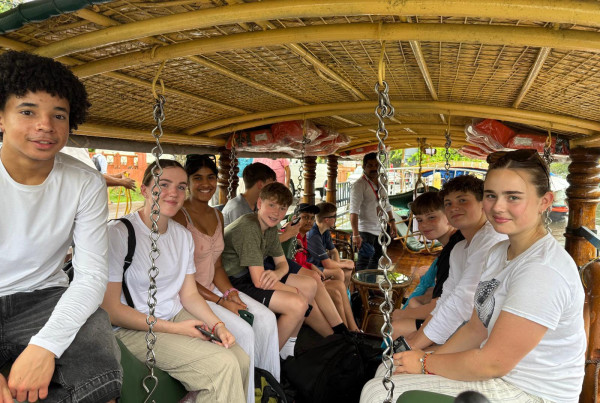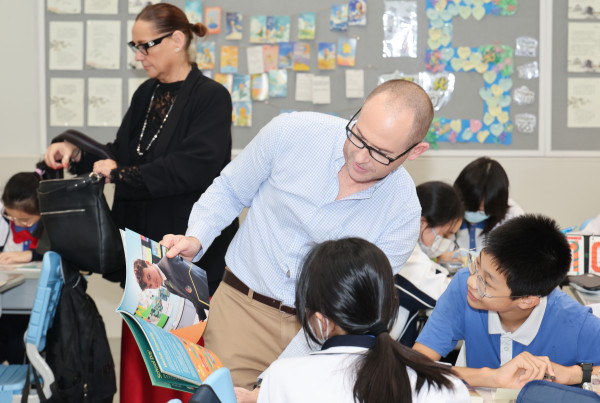The following article comes Anna Czebiolko, EAL/ED Consultant in Leeds.
Multilingualism is an umbrella term and refers to making use of more than one language either by an individual speaker or by a group. On the whole, the world is multilingual and global perspectives foster the value of multilingualism. But how about schools? In the light of rapidly globalising world, are they ready for multilingual learners?
In the 1990s, Jeff Hiatt developed the ADKAR Model of Change Management. The word ADKAR is an acronym for: awareness, desire, knowledge, ability as well as reinforcement; and according to the creator, these are five characteristics of every successful transformation. Let’s consider each of them by putting a magnifying glass over the concept of expanding the multifaceted support for multilingual pupils in educational settings.
1. Do we need a change?
A Chinese proverb indicates ‘To learn a language is to have one more window from which to look at the world.’ Inspirational! And who wouldn’t like to sufficiently articulate in an additional lingual repertoire? Upskilling monolingual pupils is one important task and ensuring all learners can access the lesson content in order to reach their learning potential is key. In times when pupil exchange happens frequently, international students attend foreign schools, bilingual and new to language children regularly join mainstream lessons – the consideration of language-friendly whole-school policies should not be put into doubt.
2. Do we have the motivation and willingness to support the change?
Whether we care for gifted and talented young polyglots or for beginner users of language, certain learning needs and the necessity for specialist approach come out from behind the shadows. Effective education providers investigate what actions can minimalise the potential barriers and increase student potential. The question is if schools want to invest their time and effort to do it? This reflection point can lead to thought-provoking conclusions.
3. Do we have the necessary information and understanding of how to change?
Mike Glenn suggested that ‘Big visions are realised through small steps.’ Although some newly-established frameworks may seem like long-term commitments, they can be introduced gradually.

The crucial factor is the knowledge of what strategies should be applied and how to boost schools’ staff confidence in this process. Strategically thinking, knowing individual pupils as well as cohorts of learners can facilitate the identification of priorities, policy design, reflection on the curriculum intent, also departmental and whole-school development plans.
4. Do we have the skills to implement the change effectively?
Admission interviews, induction of new arrivals, cooperation with families, language acquisition and its assessment, data collection, recognition of learners’ skills and practical methods which enable productive learning are examples of what needs to be taken into account. Not without significance is the fact that, nowadays, there is much more and uncomplicated access to evidence-based expertise and advice from international practitioners. Current offer of courses and resources is wide-ranging. World researchers customarily present their findings and there is a growing number of publications, let alone experts in the field.
5. Can the change be sustained over time and be part of the culture?
‘Language is a city to the building of which every human being brought a stone.’ Ralph Waldo Emerson has a valuable point. It has been observed globally that schools which take whole-school approaches towards supporting their multilingual pupils have better outcomes and more positive learning environments. The way to triumph is to actively promote the impulse to holistically guide the pupils, nurture their cultural and linguistic capital, celebrate diversity and consequently, evaluate all the taken actions to act upon the identified feedback.
Summary
Multilingualism is not a new concept and it has its deeply planted roots in the past. Every school has the capability to consolidate practical language awareness policies, but it needs to start with the intention. The changes do not need to be revolutionary but pragmatic. The good news is that multilingual education is a truly fascinating field with forward-thinking concepts and absorbing pedagogy. According to George Carlin ‘Everyone smiles in the same language’, and if schools can prompt multiple smiles, it can be called a success. As long as pupils are at the centre of all actions, no change can be intricate and the outcomes can be thoroughly rewarding.





